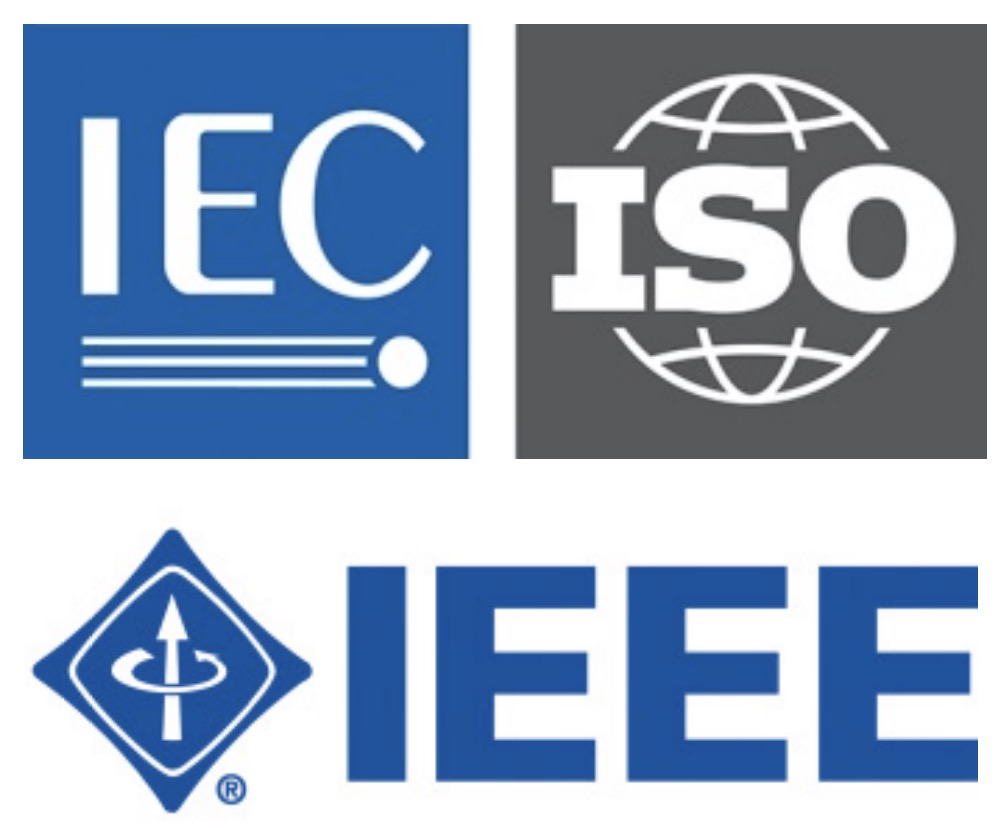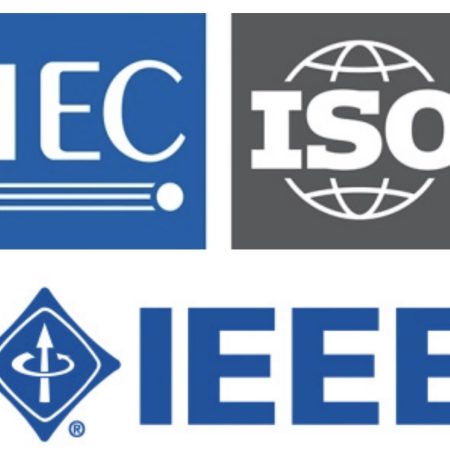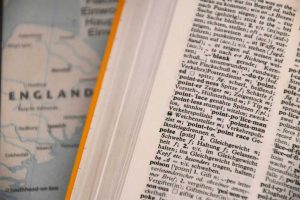People around the world depend on information to use their products, and good technical communication is more important than ever in today's fast-paced business world. A good user journey is the first step to clear, well-structured, standardized paperwork, which is a key part of any business's success. One important standard in this case is IEEE/IEC 82079-1-2019, which is often just called “82079.”
What Is IEEE/IEC 82079-1-2019?

IEEE/IEC 82079-1-2019 is all about putting together information about how to use goods (instructions for use). Part 1 is all about the basics and general rules. IEEE/IEC 82079-1-2019 was created and released by the International Electrotechnical Commission (IEC), the Institute of Electrical and Electronics Engineers (IEEE), and the International Organization for Standardization (ISO). Its purpose is to establish a technical framework for producing and managing high-quality user documentation. This standard, which used to be called IEC 82079-1:2012, is meant to make sure that user manuals, instructions, guides, and other similar materials are created in a way that is friendly to users and easy to understand. It focuses on the needs of end users and aims to improve their experience by giving them clear and accurate information.
The standard is made up of 10 parts:
Scope: This section describes the areas and uses of this standard, as well as its goals and limitations.
Normative references: This section lists other standards and papers that are necessary to understand and follow the rules in this standard.
Terms and definitions: This section gives a list of terms and definitions that should be used throughout the standard to make sure that everything is clear and consistent.
Fulfillment of requirements: This chapter, which used to be called “conformity,” gives advice on how to make sure that user information meets the standards that are needed.
Principles: This section explains seven important rules that must be followed when making good information for users:
- Completeness: The documentation should have all the information that is needed for its goal. It should be able to do all the jobs or processes that users might need.
- Minimalism: information should be clear and brief, with no extraneous details. The goal is to give people the information they need without giving them too much information that is already known or agreed upon.
- Correctness: Data should always be correct and free of mistakes. All of the information must be checked carefully, from the numbers and facts to the steps for how to do something.
- Conciseness: Information should be given in documentation in a clear and short way. Extraneous detail and wordiness should be avoided so that the user can quickly understand what they need to know.
- Consistency: The way information is given should be the same throughout the documentation. When terms, formatting, and style are used consistently, it's easier for users to understand and find their way around the material.
- Comprehensibility: Documentation should be written so that it is simple for the people who are supposed to read it to understand. This method includes making sure that the language, structure, visuals, or multimedia used in the information is easy to understand, search, and move around in.
- Accessibility: Everyone should be able to get to the information, even people with challenges. Documentation should be made with features that make it easier for people with different needs to access it. This will make sure that everyone can use it.
Information management process: Explains how to keep track of information at all stages of its life, from being created and updated to being shared and retrieved.
Content of information for use: Describes the exact information that should be in the directions for use. It includes information about safety, how to put it, how to keep it in good shape, and how to fix problems.
Structure of information for use: Talks about how to organize and structure user information. This includes rules on how to use headings, arrange material, and lay out a document so that it is easier to use.
Media and format of information for use: Gives advice on how to send information to users using media and other forms.
Professional competencies: This section talks about the skills and knowledge that people who create and manage user information must have. It includes information about the education, training, and experience that are needed to make effective and legal documents.
Why Is IEEE/IEC 82079-1-2019 Important?
The usefulness of IEEE/IEC 82079-1-2019 comes in the details about the users, and it has to do with making, distributing, using, and returning products. Some of the most important things about the standard are:
Better User Experience: The standard stresses the rules that lead to a good user experience. Businesses that follow these rules are more likely to give users information that is clear, short, and easy to use, which makes customers happier and more loyal.
Legal Compliance: Businesses can be sure they are following the law by following IEEE/IEC 82079-1-2019. Regulators and customer protection laws often require companies to give clear and accurate instructions on how to use and safely store their products. Businesses can meet their legal responsibilities and avoid possible risks by following this standard.
Access to the Global Market: Certain types of documentation must be used in order to do business in international markets, especially those in developed countries. Following IEEE/IEC 82079-1-2019 makes it easier to sell products in global markets by making sure that user directions meet quality and clarity standards that are known and accepted.
Positive Brand Image: Giving users good information all the time builds a positive brand image. Consumers like products that have information that is clear and useful. If a user has a good experience with a product, they will be more loyal and spread the word about it.
Reduced Support Costs: Well-organized and clear user information helps people understand goods better without needing a lot of help after the sale. This lowers the costs of customer support and answering questions.
Efficient Information Creation: The IEEE/IEC 82079-1-2019 framework not only tells professionals how to create, update, and manage user information in a more standard and organized way, but it also encourages different departments within businesses to work together on this process so that better information is made for less money and with more efficiency.
Get Your Free Preview Now
Leave your contact information and receive the IEEE/IEC 82079-1-2019 preview file by email.
In conclusion
Adopting IEEE/IEC 82079-1-2019 isn't just a box that companies have to check; it's a smart move that makes expert writing and communication much better. Focusing on clarity, uniformity, and user-centred design, the standard gives real benefits to businesses in many fields. Businesses can change the way they write technical documents by following IEEE/IEC 82079-1-2019. This will improve their brand image, make the user experience better, and make operations more efficient.
One of the best benefits is that you might be able to save a lot of money. Clear and consistent documentation lowers the chance of information errors, cuts down on help requests, and boosts user satisfaction, all of which make the operation run more smoothly and cost-effectively. Also, as more industries are regulated, following IEEE/IEC 82079-1-2019 makes sure that companies stay on top of legal and regulatory standards and avoid any possible compliance risks.
We have a sample copy of IEEE/IEC 82079-1-2019 for people who want to learn more about it. Just leave your name and email address below, and we'll send you this special sample in PDF format. Improve the way you record things today, and let good technical communication be the key to your success.





